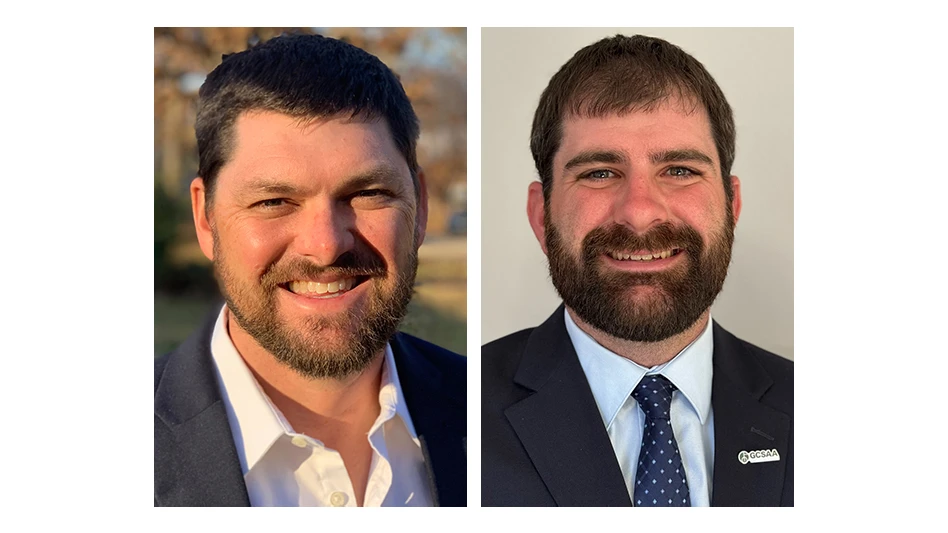
NOAA’s Climate Prediction Center says the 2016 Atlantic hurricane season, which runs from June 1 through Nov. 30, will most likely be near-normal. However, forecast uncertainty in the climate signals that influence the formation of Atlantic storms, make predicting this season particularly difficult.
NOAA predicts a 70 percent likelihood of 10 to 16 named storms (winds of 39 mph or higher), of which four to eight could become hurricanes (winds of 74 mph or higher), including one to four major hurricanes (Category 3, 4 or 5; winds of 111 mph or higher). While a near-normal season is most likely with a 45 percent chance, there is also a 30 percent chance of an above-normal season and a 25 percent chance of a below-normal season. Included in the outlook is Hurricane Alex, a pre-season storm that formed over the far eastern Atlantic in January.
“This is a more challenging hurricane season outlook than most because it’s difficult to determine whether there will be reinforcing or competing climate influences on tropical storm development,” said Dr. Gerry Bell, lead seasonal hurricane forecaster with NOAA’s Climate Prediction Center. "However, a near-normal prediction for this season suggests we could see more hurricane activity than we’ve seen in the last three years, which were below normal.”
There is uncertainty about whether the high activity era of Atlantic hurricanes, which began in 1995, has ended, Bell said. This high-activity era has been associated with an ocean temperature pattern called the warm phase of the Atlantic Multi-Decadal Oscillation, marked by warmer Atlantic Ocean temperatures and a stronger West African monsoon. However, during the last three years, weaker hurricane seasons have been accompanied by a shift toward the cool AMO phase, marked by cooler Atlantic Ocean temperatures and a weaker West African monsoon. If this shift proves to be more than short-lived, it could usher in a low-activity era for Atlantic hurricanes, and this period may already have begun. High- and low-activity eras typically last 25 to 40 years.
In addition, El Niño is dissipating. NOAA’s Climate Prediction Center is forecasting a 70 percent chance that La Niña, which favors more hurricane activity, will be present during the peak months of hurricane season, August through October. However, current model predictions show uncertainty as to how strong La Niña and its impacts will be.
Despite the challenging seasonal prediction, NOAA is positioned to deliver actionable environmental intelligence during the hurricane season with more accuracy to help save lives and livelihoods, as well as to enhance the national economy.
“This is a banner year for NOAA and the National Weather Service,” said Dr. Kathryn Sullivan, NOAA administrator. “As our Hurricane Forecast Improvement Program turns five, we’re on target with our five-year goal to improve track and intensity forecasts by 20 percent each. Building on a successful supercomputer upgrade in January, we’re adding unprecedented new capabilities to our hurricane forecast models–investing in science and technology infusion to bring more accuracy to hurricane forecasts in 2016.”
Coming online later this season are major new investments to further improve NOAA’s ability to monitor hurricanes as they form and provide more timely and accurate warnings for their impacts. NOAA’s new National Water Model, set to launch later this summer, will provide hourly water forecasts for 700 times more locations than the agency’s current flood forecast system, greatly enhancing the ability to forecast inland flooding from tropical systems. In the fall, NOAA will launch GOES-R, a next generation weather satellite that will scan the Earth five times faster, with a resolution four times greater than ever before, to produce much sharper images of hurricanes and other severe weather.
NOAA works with a number of partners in the private and public sectors to ensure communities and businesses have the information they need to act well ahead of a land-falling hurricane.
“While seasonal forecasts may vary from year to year–some high, some low–it only takes one storm to significantly disrupt your life,” said Joseph Nimmich, FEMA deputy administrator. “Preparing for the worst can keep you, your family and first responders out of harm’s way. Take steps today to be prepared. Develop a family communications plan, build an emergency supply kit for your home and make sure you and your family know your evacuation route. These small steps can help save your life when disaster strikes.”
NOAA will issue an updated outlook for the Atlantic hurricane season in early August, just prior to the peak of the season.
NOAA also issued its outlook for the eastern Pacific and central Pacific basins. The central Pacific hurricane outlook calls for equal 40 percent chance of a near-normal or above-normal season with four to seven tropical cyclones likely. The eastern Pacific hurricane outlook calls for a 40 percent chance of a near-normal hurricane season, a 30 percent chance of an above-normal season and a 30 percent chance of a below-normal season. That outlook calls for a 70 percent probability of 13 to 20 named storms, of which six to 11 are expected to become hurricanes, including three to six major hurricanes.
Latest from Golf Course Industry
- Flash Weather AI expands into the golf industry
- The Institute Golf Club calls on 54 for agronomy, operations
- Tartan Talks 101: Garrett Wasson
- Dye Designs Group selected to renovate Colorado municipal course
- Poipu Bay GC wraps up greenside bunker restoration
- Central Turf & Irrigation Supply Inc. hires new COO
- The Aquatrols Company adds former superintendent to its R&D team
- Heritage Golf Group expands into Tennessee





